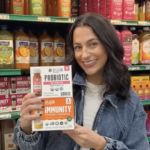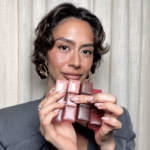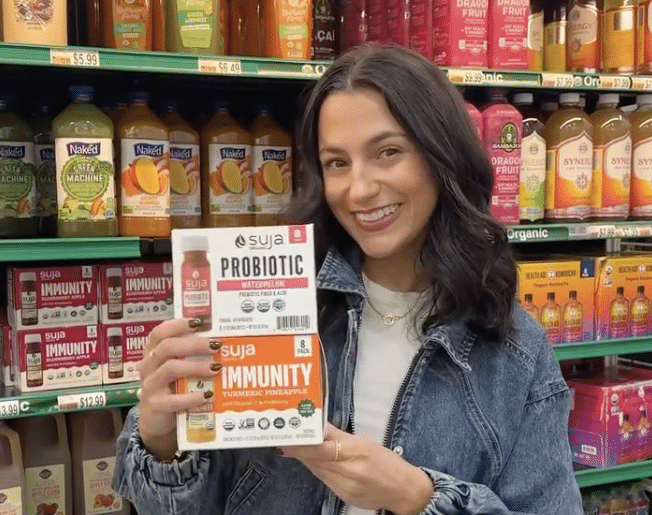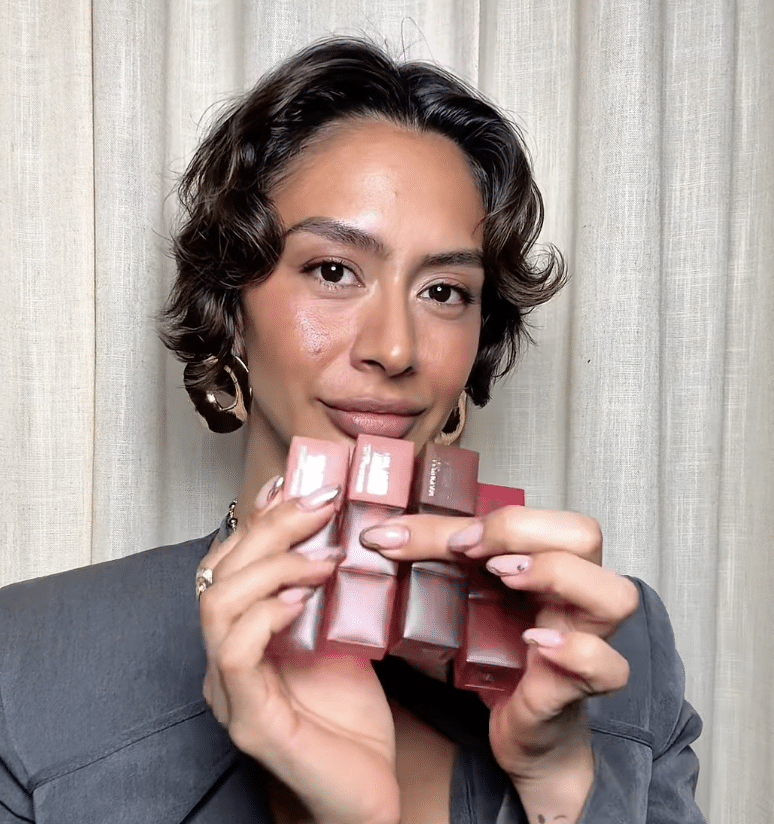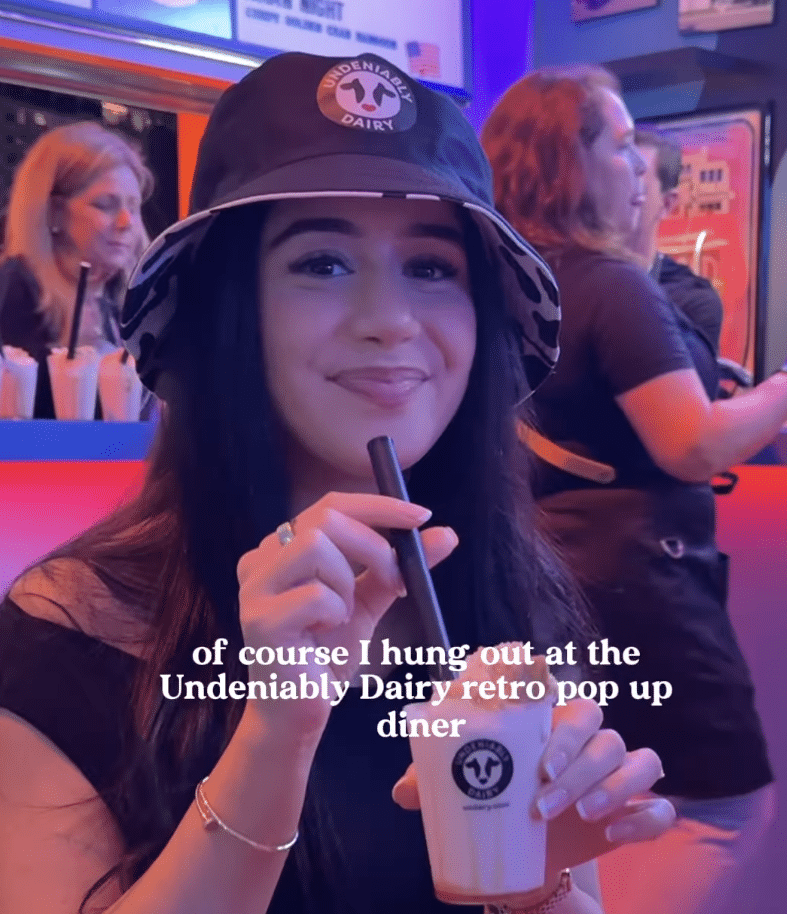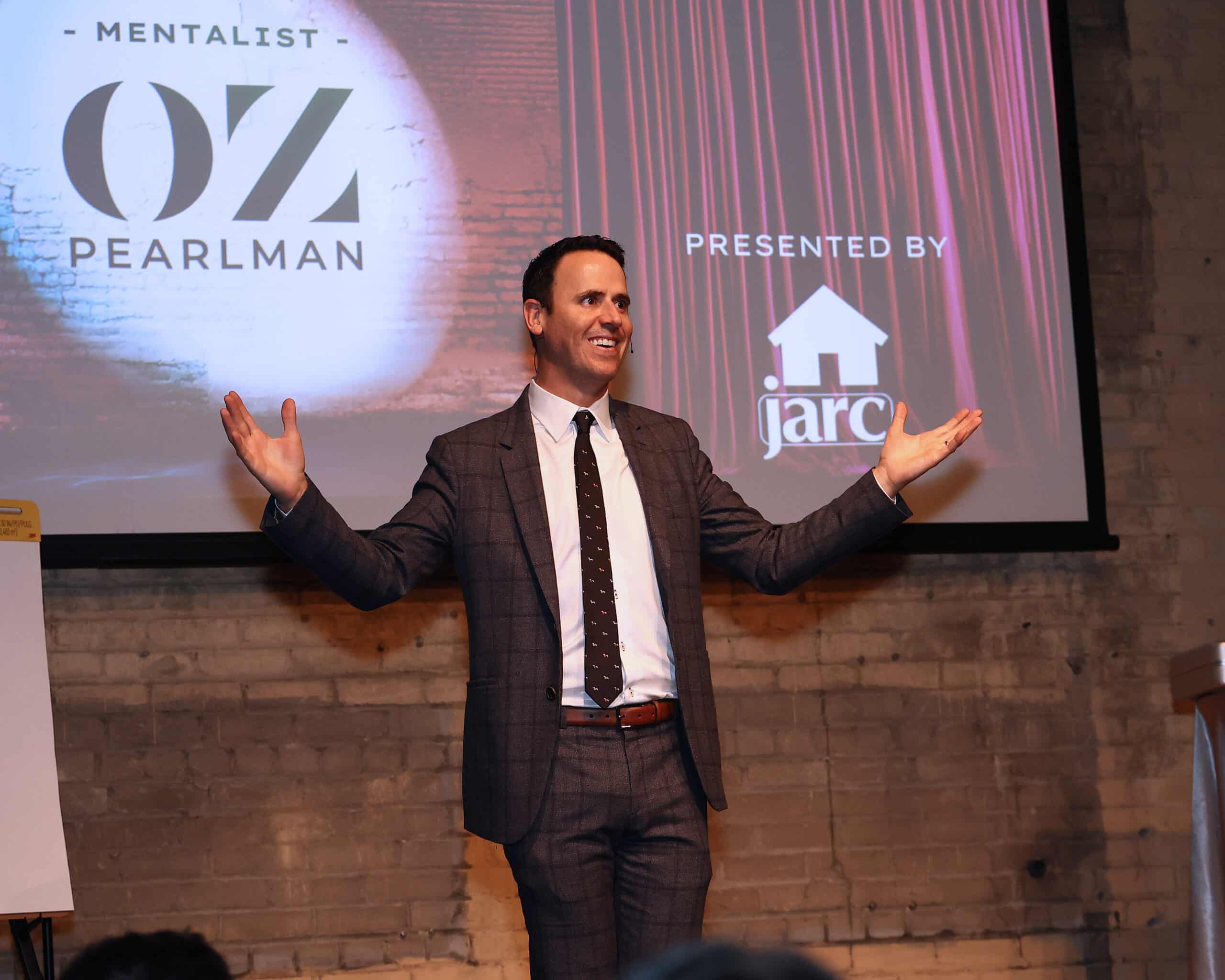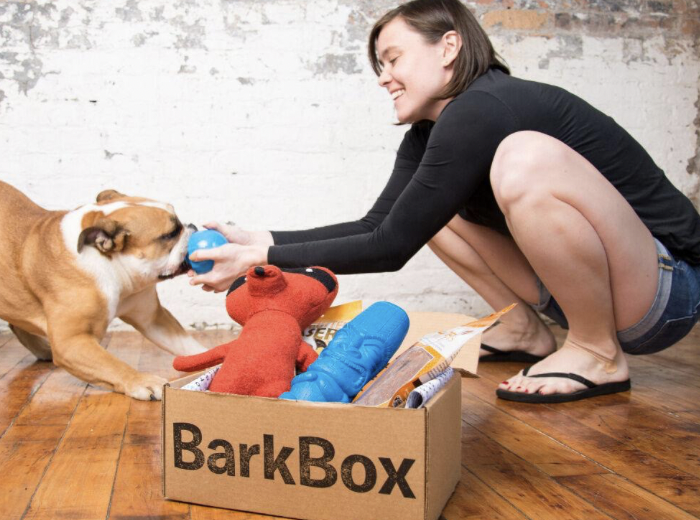
How Do Some of The Biggest Brands Execute Influencer Marketing Campaigns?
Here are examples of successful influencer marketing campaigns that showcase different approaches and strategies that delivered impressive ROAS. If you are interested in finding the perfect influencers for your next marketing and sales campaign, contact the CelebExperts team here. The following are some highly respected case studies :
1. Audible (Audiobook Subscription Service)
- Strategy: Audible used YouTube influencers extensively to promote their audiobook subscription service, focusing on creators whose audiences would naturally be interested in books, self-improvement, or learning.
- Approach:
- Partnered with YouTubers across various niches (book reviews, education, productivity, lifestyle) to promote free trial offers for Audible.
- Influencers created videos where they organically mentioned Audible and included affiliate links for their followers to sign up for a free trial, followed by a paid subscription.
- The content often featured personal recommendations from the influencers about audiobooks they had listened to, creating a sense of personal connection.
- Results: Audible’s YouTube influencer campaigns consistently generated strong ROAS, leveraging the trust influencers had with their audiences. They became one of the most prominent audiobook platforms globally, largely due to these influencer efforts.
2. BarkBox (Pet Subscription Box)
- Strategy: BarkBox, a monthly subscription box for dogs, focused on using influencers in the pet community, especially on Instagram, to drive awareness and sign-ups for their service.
- Approach:
- Collaborated with pet influencers, including dogs with large Instagram followings and pet parents who loved sharing their BarkBox unboxing experiences.
- Developed creative campaigns such as #BarkBoxDay, encouraging subscribers and influencers to share their dogs enjoying the monthly box.
- Offered influencers customized discount codes and exclusive deals to promote to their followers.
- Results: The campaign helped BarkBox grow into a dominant player in the pet subscription market, with significant growth fueled by pet-loving micro-influencers. The authenticity and fun factor of the unboxing experiences resulted in high engagement and ROAS.
3. Coca-Cola’s #ShareaCoke Campaign
- Strategy: Coca-Cola’s famous #ShareaCoke campaign focused on personalization and social sharing. Coca-Cola utilized influencers to spread the word about personalized Coke bottles, which featured individual names, and encouraged consumers to share their own.
- Approach:
- Partnered with macro-influencers and celebrities, as well as everyday social media users, to promote the campaign on platforms like Instagram, Twitter, and YouTube.
- Encouraged influencers and regular users to share photos and videos using the #ShareaCoke hashtag, creating a massive wave of user-generated content.
- The influencers showed how fun it was to find Coke bottles with their names or their friends’ names, inspiring followers to join the trend.
- Results: The campaign became a viral sensation and significantly boosted Coca-Cola’s sales. It generated millions of social media impressions, high engagement, and improved brand perception, demonstrating the power of influencers and UGC for ROAS in brand-awareness campaigns.
4. L’Oreal’s Beauty Squad (Cosmetics)
- Strategy: L’Oreal launched the Beauty Squad initiative, focusing on a diverse group of beauty influencers who would become the official faces of L’Oreal’s UK social media channels. This campaign aimed to increase both brand awareness and sales in the beauty community.
- Approach:
- Partnered with top beauty influencers on platforms like Instagram and YouTube, selecting influencers who represented a wide range of beauty styles, skin tones, and personalities.
- Influencers created tutorials, product reviews, and makeup looks featuring L’Oreal products, all tied to authentic storytelling about why they loved the brand.
- L’Oreal shared influencer-generated content on its social channels, amplifying the reach of the influencers’ posts.
- Results: L’Oreal experienced increased engagement across all social platforms and a significant boost in sales. The Beauty Squad campaign strengthened L’Oreal’s relationship with beauty influencers, resulting in higher ROAS and deeper brand loyalty.
5. GoPro (Action Camera Brand)
- Strategy: GoPro’s entire marketing strategy revolves around user-generated content and influencer partnerships, allowing them to showcase their cameras in action through real-life experiences. They encouraged influencers and users to create and share amazing content shot with GoPro cameras.
- Approach:
- Partnered with athletes, adventurers, and travel influencers who naturally used GoPro cameras in extreme sports, travel vlogging, and outdoor activities.
- Launched various campaigns that incentivized users and influencers to upload their best GoPro footage to social platforms using branded hashtags like #GoPro and #BeAHero.
- Rewarded influencers with features on GoPro’s social channels and even prizes for the best footage, encouraging continuous content generation.
- Results: GoPro’s influencer and user-generated content strategy contributed to their status as a top action camera brand. Their campaigns consistently generated huge volumes of content, increased engagement, and drove strong ROAS as the authentic footage resonated deeply with their target audience.
6. ASOS (Fashion Retailer)
- Strategy: ASOS, a leading online fashion retailer, ran the #AsSeenOnMe campaign, which utilized influencers and everyday customers to share photos of themselves wearing ASOS clothing. This helped the brand leverage both micro-influencers and its existing customer base to drive awareness and sales.
- Approach:
- Partnered with fashion and lifestyle influencers, encouraging them to share outfits and fashion tips using the #AsSeenOnMe hashtag.
- Invited everyday customers to post their ASOS outfits with the same hashtag, creating a massive wave of user-generated content.
- Featured top influencers and user content on ASOS’s social media pages and website, giving followers inspiration for their next purchase.
- Results: ASOS saw a significant increase in sales, social media engagement, and website traffic. The campaign’s ability to blend influencer marketing with UGC helped ASOS achieve high ROAS, as followers were more likely to purchase products they saw styled in relatable, everyday scenarios.
7. Airbnb (Travel Platform)
- Strategy: Airbnb has worked with travel influencers to promote their unique properties and travel experiences around the world. The platform capitalized on influencer marketing to show how their properties provide unforgettable experiences, from city escapes to off-the-grid retreats.
- Approach:
- Partnered with travel influencers on Instagram, YouTube, and blogs to share visually stunning content of Airbnb properties and promote their travel stories.
- Hosted influencers in Airbnb properties and encouraged them to create content highlighting the local experiences, unique architecture, or hidden gems of each destination.
- Used long-form YouTube content and Instagram Stories to showcase full experiences, helping viewers imagine themselves in the properties.
- Results: Airbnb’s influencer marketing campaigns have been incredibly successful in driving bookings. Their campaigns regularly deliver high ROAS, as influencers effectively convert viewers into travelers by showcasing the unique experiences Airbnb offers.
8. Old Navy (Apparel Brand)
- Strategy: Old Navy launched a back-to-school influencer campaign to promote their kids’ clothing collection, using Instagram influencers to drive awareness and purchases for the new season.
- Approach:
- Collaborated with mom bloggers and parenting influencers who had highly engaged family-focused audiences.
- Influencers created posts and stories featuring their kids wearing Old Navy’s back-to-school clothing, tagging the brand and providing shopping links.
- Provided influencers with discount codes to offer their followers, incentivizing purchases directly from their content.
- Results: Old Navy saw a significant increase in both engagement and sales during the back-to-school season. The authentic content generated by influencers resonated well with their target audience (moms and families), driving impressive ROAS during the campaign.
Conclusion
These examples show that influencer marketing can drive a high ROAS when campaigns are well-targeted, authentic, and designed around the interests of the influencer’s audience. Successful strategies often involve:
- Building long-term relationships with influencers.
- Combining influencer content with user-generated content (UGC).
- Offering trackable incentives like promo codes or affiliate links to accurately measure ROI.
- Choosing influencers whose audience aligns naturally with the brand’s target demographic.
By studying these case studies, you can refine your approach to influencer marketing to improve ROAS and achieve long-term brand growth.

